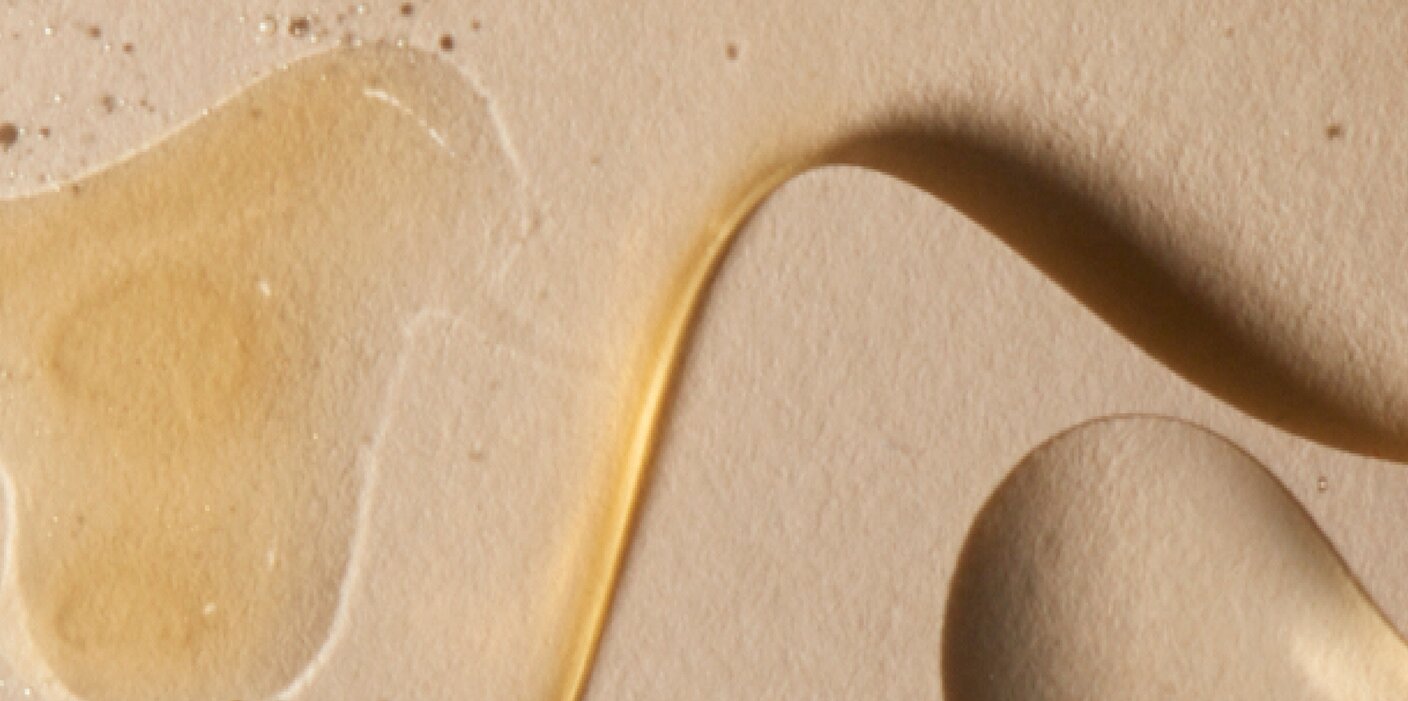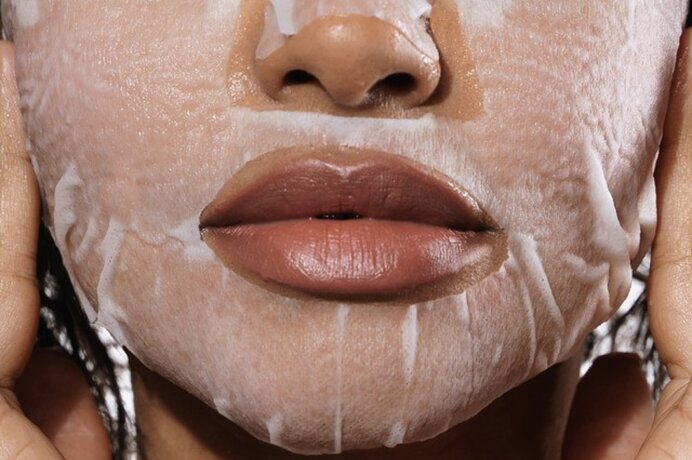
DOCTOR'S NOTE
How to Layer Your Skincare
A step-by-step guide to applying and getting the most out of your skincare
Between our unique skin types and individual skin care concerns, skincare routines can vary from person to person, but there are some hard and fast rules. The golden rule when layering your skincare? Thinnest to thickest. This allows for both proper penetration and absorbability with each product you apply.
Read on for the hows and whys with our Skin Laundry guide to layering your skincare.
How to properly layer your skincare
Applying your skincare products in the proper order is more important than you think. No matter which products or how many you use in your skincare routine, the cycle in which you use your products is crucial.
Applying your skincare products in the right order allows each product to do its job and enhances the overall benefits for your skin.
The main rule to follow when it comes to layering skincare products is to apply them from lightest to heaviest, and the general order is cleanser, toner, serum, moisturizer and SPF.
Why Is layering your skincare important?
Skincare products usually fall into two categories: oil-based or water-based.
Oil-based skincare products are formulated with a higher concentration of oils, or oil-based ingredients, and work to lock in moisture and create a protective barrier. Oil-based products can include facial oils, oil-based cleansers, and oil-based moisturizers.
Water-based skincare products have a higher water content in their formulation. These products are used to hydrate, in other words, deliver or draw water into the skin. Examples of water-based products include toners, essences, serums, and gel-based moisturizers.
If you apply an oil-based product before a water-based product, it creates a barrier that prevents the latter from effectively reaching your skin.
What is the best way to layer your skincare?
- Cleanse. Washing your face is the first step in any skincare routine. Cleanse in the morning and double cleanse at night to properly remove makeup and SPF, along with dirt and debris.
- Exfoliate. Exfoliation always comes after cleansing and before applying other products in your skincare routine. While cleansing washes away dirt, makeup and other impurities, exfoliation removes dead skin cells that can clog pores and lead to acne. It also helps other products penetrate more effectively.
- Tone. Toner should be used right after cleansing, as damp skin is more permeable than dry skin. Toners also work to help recalibrate the skin’s pH after exposure to chlorine or minerals in tap water during cleansing, and can remove any debris your cleanser might have missed.
- Treat. Serums are always applied after cleansing (and exfoliation and toning, if part of your routine) and before your moisturizer.
- Moisturize. Once the previous steps in your skincare routine have been absorbed, apply your moisturizer and eye cream.
- SPF. Always apply sunscreen as the final step in your morning routine.
Doctor's Note
If you have dry or sensitive skin apply your moisturizer before applying your Vitamin A serum to counteract or reduce any irritation while still getting the benefits.

What about face masks?
Just like a serum or moisturizer, a face mask is essentially a skincare ingredient vehicle. No matter what the type, face masks are designed to deliver highly concentrated actives, vitamins and nutrients to the skin in an intensive burst.
Most masks, unless they are overnight formulas, are designed to be left on the skin for 10 to 20 minutes, giving the ingredients time to penetrate the surface of the skin and take effect.
Face masks can be used at any time of the day as a treatment or left on overnight (if they are formulated to be used that way).
For the best results - and to allow active ingredients in your face mask to do their work - always cleanse thoroughly before applying a face mask. Leave on for 15-20 minutes then massage any remaining serum into the skin (including the neck and chest).
Follow up with your moisturizer, eye cream, and SPF if required.
Shop our dermatologist-approved line of skincare.
How To Choose a Sunscreen (and Why You Should Choose Ours)
The American Academy of Dermatology recommends the following when choosing a sunscreen:
1. Make sure the label says “broad spectrum.” The words broad spectrum mean that the sunscreen will protect your skin from both UVA and UVB rays.
2. Use an SPF 30 or higher, which can block about 97 percent of UVB rays.
Additional Reading
Your Shopping Bag
Your shopping bag is empty











